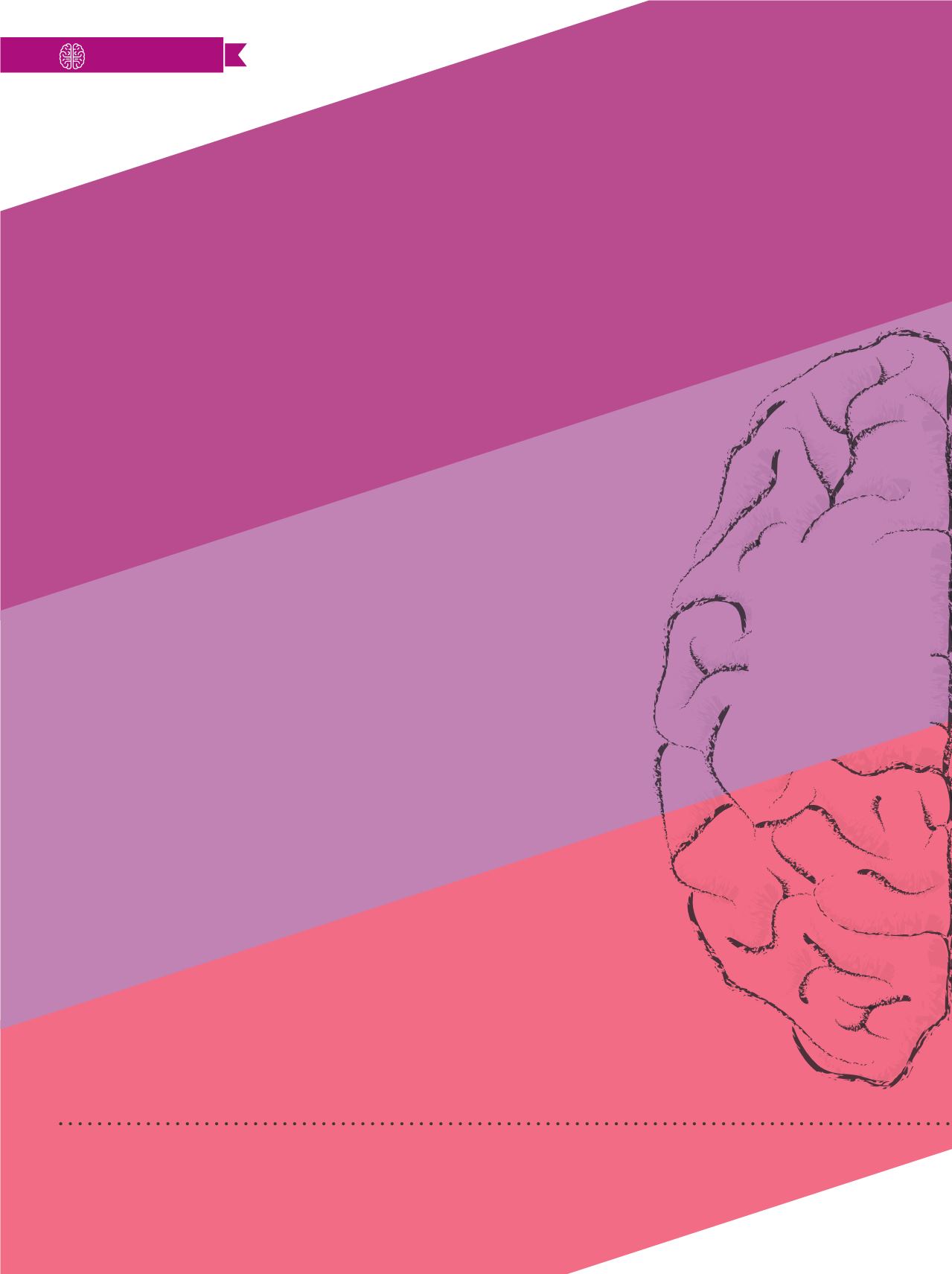

8
Jackson Hospital
COMMUNITY
Maybe you’ve heard
the phrase
“Time lost is brain lost.” That simple
sentence says a lot about the need to
treat stroke as an emergency.
The longer you wait to seek help
for a stroke, the greater the likelihood
of damage to the brain—damage that
can lead to long-term disability or even
death. If you act quickly, however, treat-
ment may stop a stroke and help you
or a loved one avoid the devastating
consequences of this sudden event.
Knowing what happens inside the
brain during a stroke is key to under-
standing why all of this is important.
Inside a stroke
A stroke occurs when blood flow to the
brain is suddenly disrupted. This can
happen in two ways:
Ischemic stroke.
In more than
80 percent of strokes, a blood vessel
leading to the brain is blocked by a
blood clot. Blood clots can form in
arteries narrowed by plaque depos-
its. Clots also can travel to the brain
from other parts of the body, such as
the heart. For example, an irregular
heartbeat called atrial fibrillation is a
common cause of these traveling clots.
Hemorrhagic stroke.
Less commonly,
a weakened blood vessel breaks, spilling
blood into or around the brain. One
frequent cause is an aneurysm, which
occurs when a section of blood vessel
weakens and balloons out. Untreated,
it can rupture, leaking blood into the
brain. Blood vessels weakened by high
blood pressure may also be prone to
rupture.
Brain cells quickly die when they
are starved of oxygen and nutrients
because of a clot or when they are dam-
aged by bleeding.
Stroke can affect any area of the
body. One can experience weakness of
one side of the body, slurred speech or
the inability to speak, numbness, visual
disturbances or blindness, trouble walk-
ing, sudden confusion, or a droopy face.
Why minutes matter
Stopping a stroke is key to limiting the
damage. At the hospital, doctors work
to quickly determine what caused the
stroke.
For ischemic strokes, they can use a
drug called tissue plasminogen activator
(TPA) to dissolve the clot and restore
blood flow to the brain.
To do the most good, TPA must be
given within a four-and-a-half-hour win-
dow after symptoms start. However, you
should arrive at the hospital much sooner
than that—within 60 minutes—in order
to receive evaluation and treatment.
The other type of stroke, hemor-
rhagic, is treated differently. One way
to stop the bleeding is with surgery
to place a metal clip at the base of the
aneurysm.
If you think someone is having a
stroke, it’s essential to call 911.
The sooner you arrive at the hospital,
the sooner treatment may begin.
Lower your risk
Talk with your doctor about your
personal risk for stroke.
Richard Salazar, MD, a neurologist
with The Jackson Clinic, says, “Not all
risk factors can be changed, such as
age or having a family history of
stroke. However, you can prevent or
treat many risk factors, such as high
blood pressure, diabetes, smoking,
being overweight or not exercising.
Lifestyle changes and medicines
are some ways you can address your
risk.”
Sources: American Stroke Association; National Institutes
of Health
Anatomy
of a
st
Why emergency
Don’t miss our Stroke Seminar with Richard Salazar, MD, on May 24. See page 15.African Americans have nearly twice the risk for a first-ever stroke
as Caucasians and a much higher death rate from stroke.
2X
STROKE
















